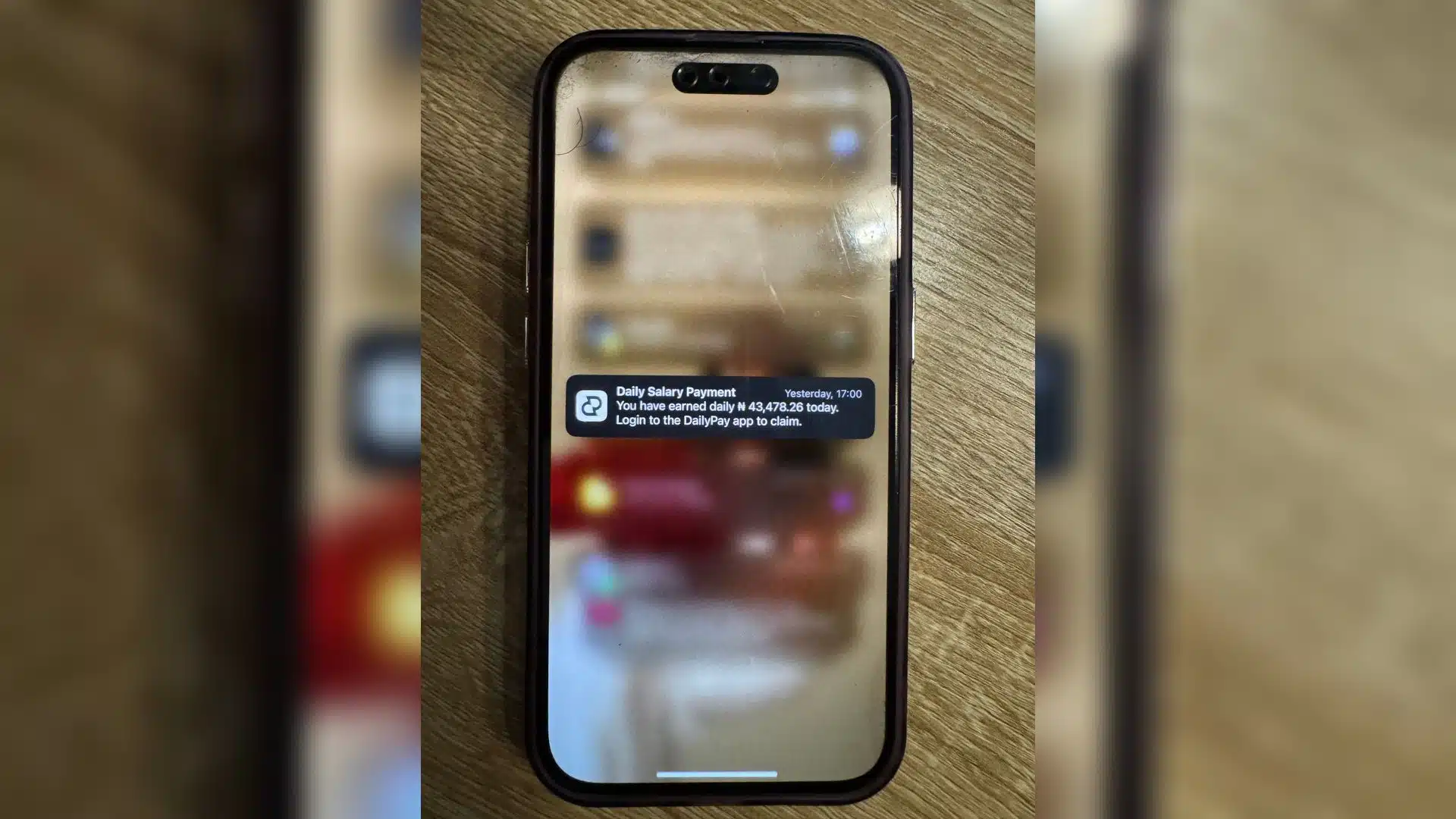Last week, PalmPay and Wema Bank successfully completed the first live test of the National Payment Stack (NPS).
Developed by the Nigeria Inter-Bank Settlement System (NIBSS), the NPS has been in development for several months and is designed to modernise Nigeria’s payment infrastructure.
Nigeria is already a regional leader in digital payments, and the NPS aims not only to strengthen that position but also to expand it. According to NIBSS, the new system will enhance financial inclusion, enable secure real-time transactions, and streamline processes such as social benefit disbursement, tax collection, and revenue tracking.
In this article, we answer some of the key questions about the NPS and explore its potential impact on Nigeria’s payment ecosystem.
What is the National Payment Stack (NPS)?
The NPS is an upgrade on the NIP and is based on the ISO20022 messaging standard. Its objective is to improve security for digital payments and bring Nigeria in line with international payment standards.
“One of the core problems it has resolved is in the area of messaging and confirmation, including a digitally signed delivery of messages between one party and the other,” Premier Owoh, Managing Director and Chief Executive Officer of NIBSS, said.
How does it differ from the NIBSS Instant Payment (NIP)?
The primary difference between NIP and NPS is that the latter is built on the ISO20022 messaging protocol, whereas NIP used the SOAP messaging protocol.
ISO20022 is a global standard for the electronic exchange of financial data and has recently been designated by the Central Bank of Nigeria as the new messaging standard for payment transactions in Nigeria. The NPS is also billed to be faster than the NIP, with the live transaction reportedly going through in milliseconds.
Beyond a new messaging protocol, the NPS provides for a richer dataset to be collected by financial institutions. Additional services such as invoicing and cross-border payments can also be layered on it. Meanwhile, it allows for real-time transaction settlement as opposed to the deferred net settlement offered by NIP.
Will the NPS replace NIP?
In one word, yes. A lot is changing on the backend, but the payment experience will largely remain the same for users on the frontend. However, both systems will likely co-exist for some time to enable financial institutions to complete their internal setups.
Why do we need NPS when NIP seems to work perfectly?
Consumer needs and financial standards have changed since the NIP was first built. One of the major drawbacks with NIP was the limited messaging and data standards. Certain payment information could not be collected, which impacted things like dispute resolution and refunds.
Meanwhile, the NPS provides interoperability with other banking systems across the world. Long term, it could enable cross-border transactions, which the NIP did not provide for.
When can financial institutions expect to start using NPS?
Financial institutions are still integrating NPS into their payment offerings, but the first transaction has been conducted between PalmPay and Wema Bank. More financial institutions are expected to complete the transition over the next few months.
What advantages can consumers and businesses expect?
Consumers can immediately expect to see faster transactions and faster dispute resolution. There would also be better clarity about transactions, as the NPS collects data not just on who sends money but on the reason and purpose for the transaction.
The NPS is also built with enhanced security features to guard against fraud. Businesses will see the same benefits in addition to easier reconciliation and the ability to seamlessly execute bulk payments such as payroll.
A migration to the NPS also shifts competition from access to innovation as financial service providers aim to win users over by providing a better quality of service. On the other hand, it could also encourage more international financial service providers to set up operations in Nigeria.
What specific technologies or innovations power the NPS?
The primary innovation powering the NPS is the ISO20022 messaging standard. However, the NPS is also ready for third-party integration, which makes it ideal to power open banking. It is also equipped with AI-powered behavioural analytics tied to digital identity with the goal of flagging high-risk transactions.
Does this have any implication for cross-border payments?
Yes. The NPS is built with multi-currency readiness and cross-border capabilities in mind. The ISO 20022 standard, which is the core of NPS, ensures global interoperability and compatibility with international payment systems.
It is specifically designed to integrate smoothly with systems like the Pan-African Payment and Settlement System (PAPSS), supporting Nigeria’s commitment to regional trade under the African Continental Free Trade Area (AfCFTA).











